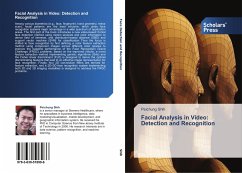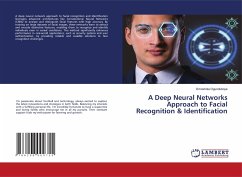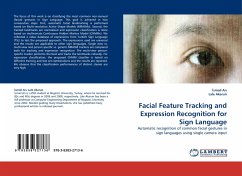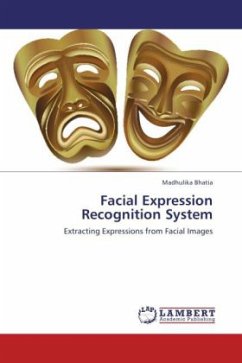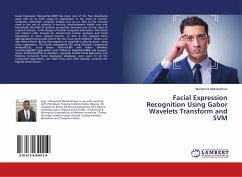Among various biometrics (e.g., face, fingerprint, hand geometry, retina scan), facial patterns are the least intrusive, which gives face recognition systems major advantage in a wide spectrum of application areas. The first part of the book introduces a new video-based frontal face detection method using motion analysis and color information to derive field of interests, and distribution-based distance (DBD) and support vector machine (SVM) for classification. Then the focus is shifted to face recognition by first defining a color feature extraction method using component images across different color spaces to improve the baseline performance of the Face Recognition Grand Challenge (FRGC) problems. Based on the improved results, a novel feature extraction method implementing genetic algorithms (GAs) and the Fisher linear discriminant (FLD) is designed to derive the optimal discriminating features that lead to an effective image representation for face recognition. Finally, four2D convolution filters are derived for feature extraction, and a 2D+3D face recognition system implementing both 2D and 3D imaging modalities is designed to address the FRGC problems.
Bitte wählen Sie Ihr Anliegen aus.
Rechnungen
Retourenschein anfordern
Bestellstatus
Storno

